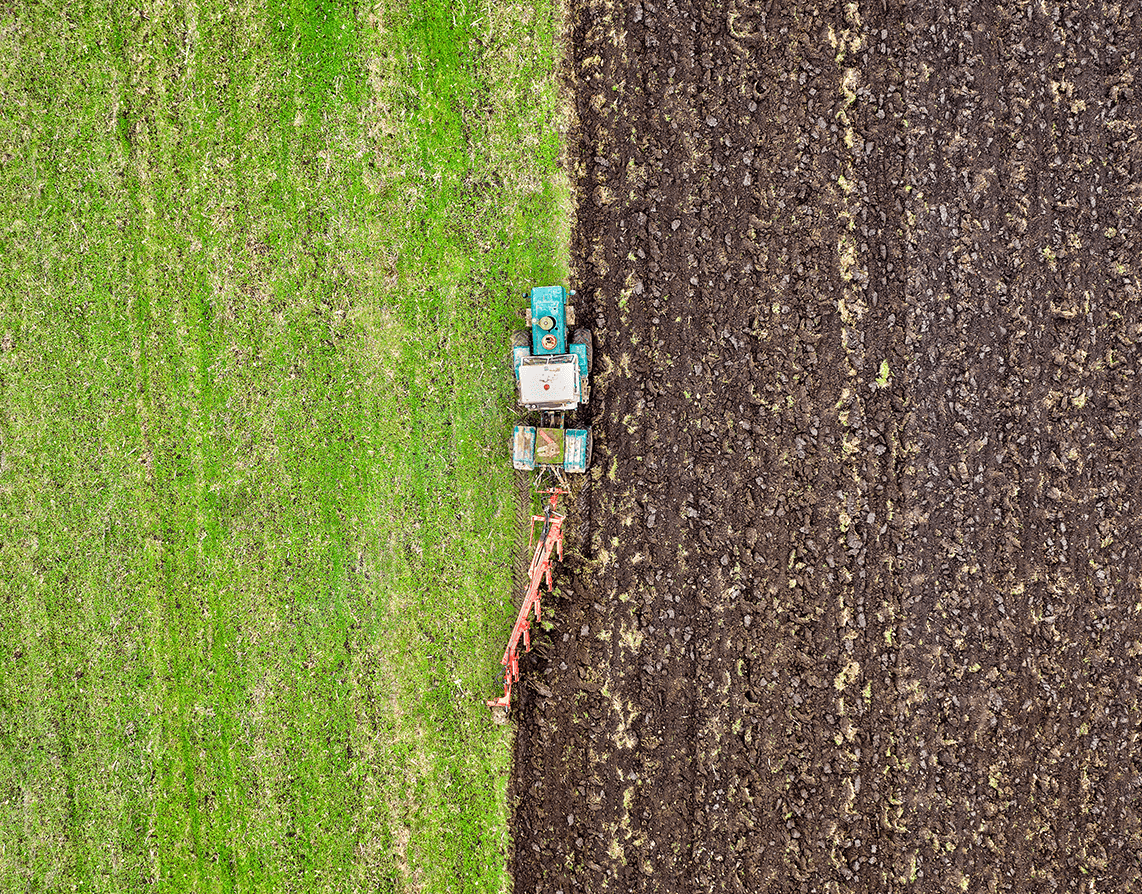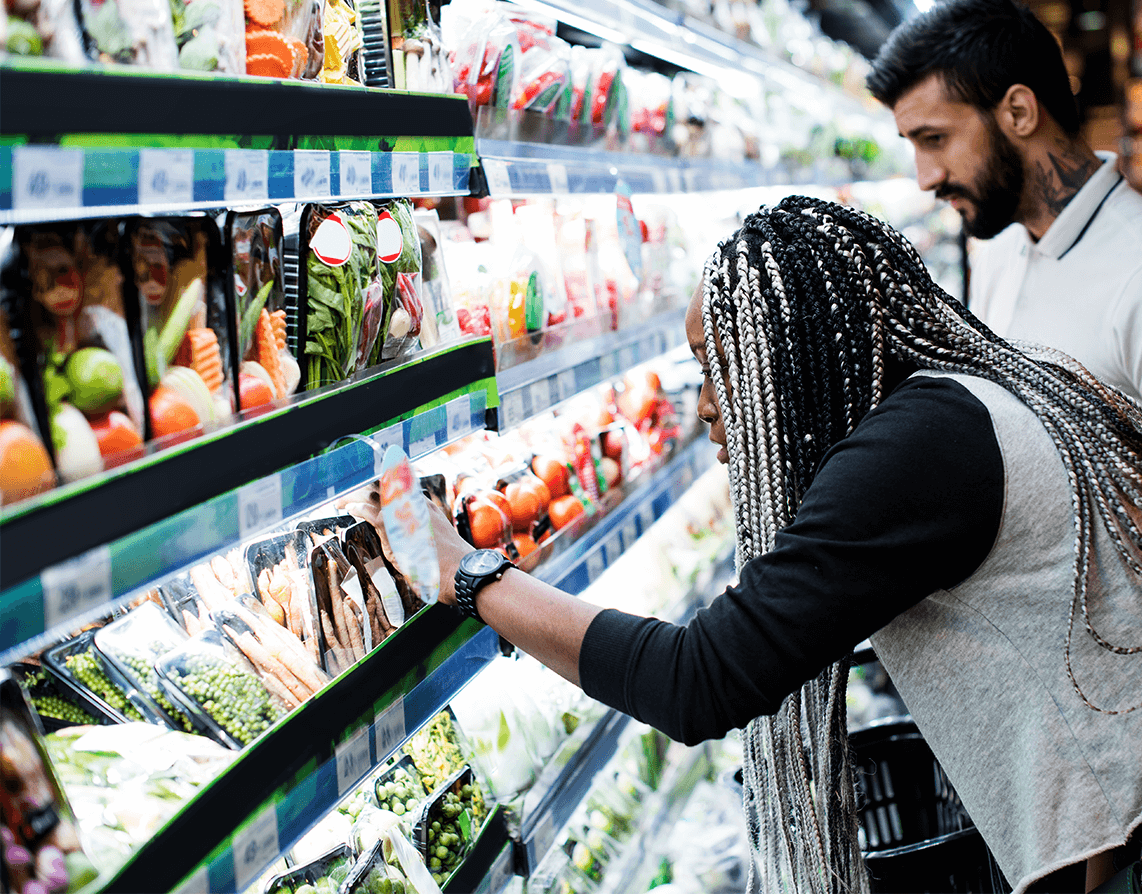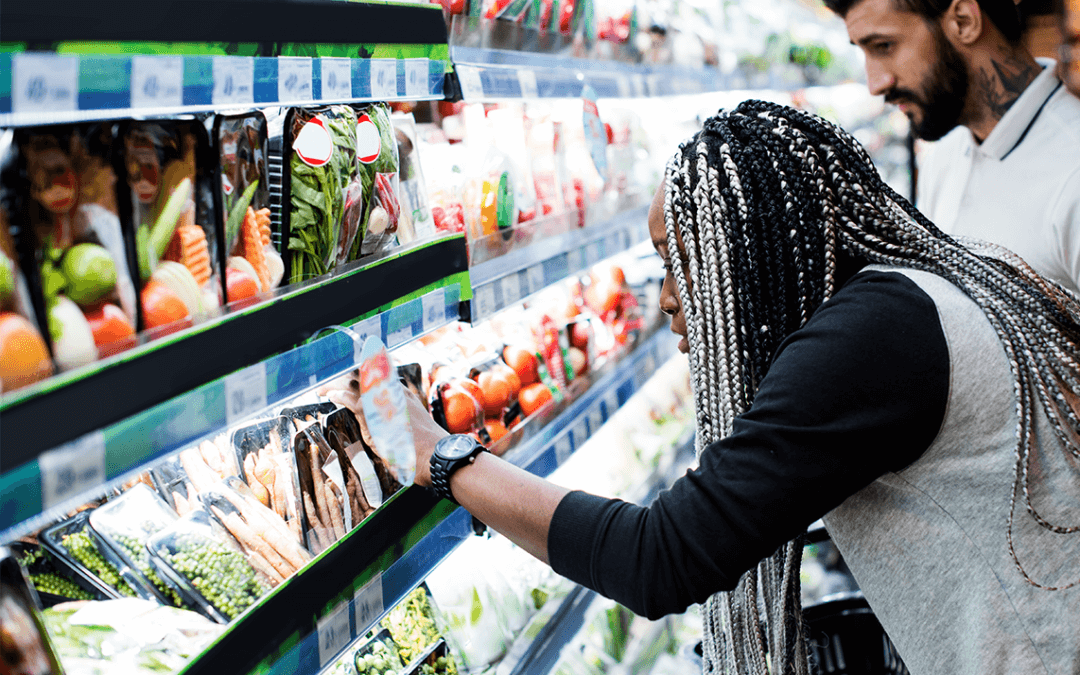Minimising Food Waste at production stage
Since The Waste and Resources Action Programme (WRAP) published their first guide to the recycling of food waste in 2009, domestic uptake has risen on average by 55% per year. In their recent update WRAP suggest that the next major area to tackle will be waste in food production.
A recent report sponsored by the WWF and Tesco shows that 1.2 billion tonnes of food produced globally is lost before it leaves the farm. With the UK losing up to 2 million tonnes across the whole production process. Food is discarded at every point along the food chain: on farms and fishing boats, during processing and distribution, and in retail. Leaving aside the food lost at the point of consumption, either at home or in cafes and restaurants this is clearly a situation that needs to be remedied. Where is the loss and what can be done to control it?
Farming
In a process called dumping, farms can discard crops that have been planted as a hedge against pests and weather. The price of grain and vegetables fluctuates with consumer demand and rather than go through the additional cost of harvesting and processing products they could not sell they are left in the field to be ploughed back into the land. The goodness from the crop of course returns to the ground and adds additional fertility much like a cover crop would so this is not as black & white as it might seem.
.


Processing and distribution
Some produce that does not meet retailer or consumer cosmetic standards is discarded at the packing stage. This includes trimming off edible portions, such as skin, fat, crusts and peels as well as misshapen or mis-coloured fruit and vegetables. Some of this is recovered for animal feed but most is discarded. Inadequate refrigeration is another area of loss, especially in imported foods that may pass through several countries and suppliers before reaching the shop.
Retail
The confusion caused by the subtle differences between ‘use by’, ‘best before’, ‘sell by’ and ‘display until’ dates on food lead to shops discarding perfectly usable food. Sadly wasteful practices in the retail industry can still be viewed as good business strategies, offering perfect produce and overstocked shelves.
It can be easy to put the blame for food waste in the production chain onto the retailers. Ultimately they are responding to what they believe the consumer demands. So, the real solution lies with us. Many food producers and supermarkets are reviewing their use of “best before” dates on some items. Waitrose, M&S, And Iceland have all removed them from own brand fresh produce. Consumer education around the difference between “use by” and “best before” is also gathering pace. Typically, “best before” dates are related to food quality, whereas “use by” dates relate to food safety and items should usually not be eaten after this deadline. The “look, smell, taste, don’t waste” campaign, run by food waste app Too Good to Go, has enlisted brands like Nestlé and Arla, with these companies switching from use by to best before dates on many products. The media has a role to play in education as well. Morrison’s came under fire from a tabloid newspaper for asking customers to use a sniff test to decide if milk was safe to consume, but overall the message that we can produce and consume food more sustainably is a positive one.
Farm to Fork initiatives where the supply chain is much shorter between producer and consumer are becoming more popular, and add to the consumer pressure on the major retailers to change their approach. That pressure will filter back through the supply chain and alter the supply chains perception of consumer’s wants. Moving towards less waste in food production can be achieved, and with small achievable steps at that.

How we can help
Super Motion create films about agriculture and food that document the inspiring stories of change
and growth in the drive for improved food resilience. At our Agri Food Pioneers You Tube channel
we talk to people in the agri-food industry about the positive and environmental changes they are
making to deliver a sustainable, low carbon and regenerative future. Our mission is to deliver
powerful stories from the agri-food world that captivate our clients’ audiences. Book a strategy call
with us today to learn more about how video can communicate your story effectively.

Recent Comments